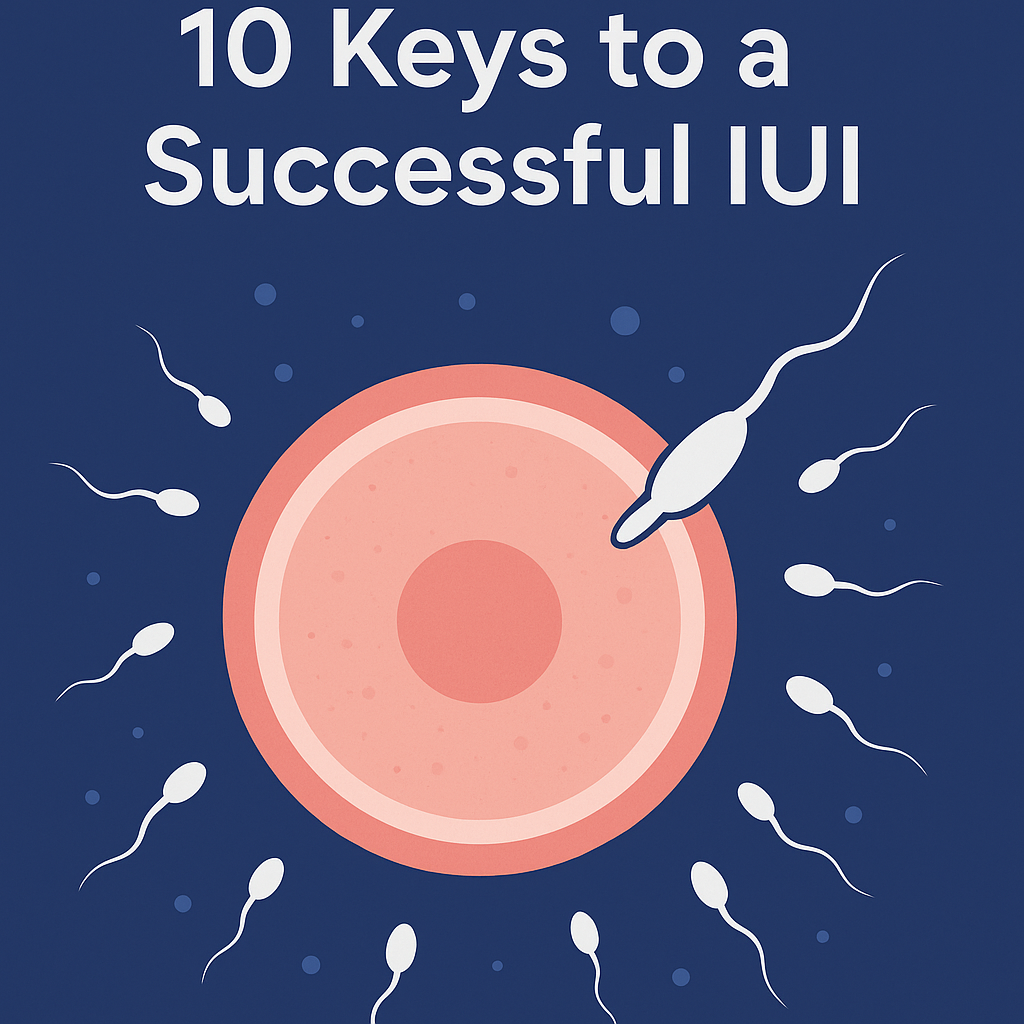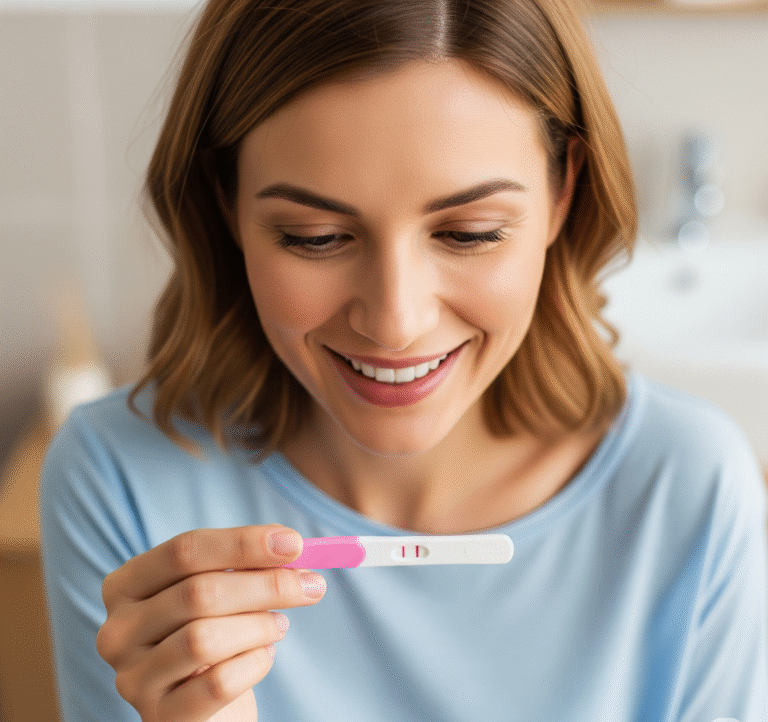At Home Insemination Tips for Beginners

Trying to get pregnant outside of a clinic? Many people are now turning to insemination at home. It’s simple, private, and often cheaper than visiting a fertility doctor. This guide offers practical at home insemination tips to help you understand how it works and what tools you need.
Whether you’re using partner sperm or donor sperm, insemination at home gives you more control. But it’s important to follow safe steps and use the right tools. Here’s how it works.
 What Is At-Home Insemination?
What Is At-Home Insemination?
At-home insemination means placing sperm inside the vaginal canal using a sterile syringe. Unlike IUI or IVF, this method does not need a clinic. It’s often used by:
Single women
LGBTQ+ couples
Couples with no known fertility issues
This method is also called ICI, or intracervical insemination. It places the sperm near the cervix, where it can swim toward the egg.
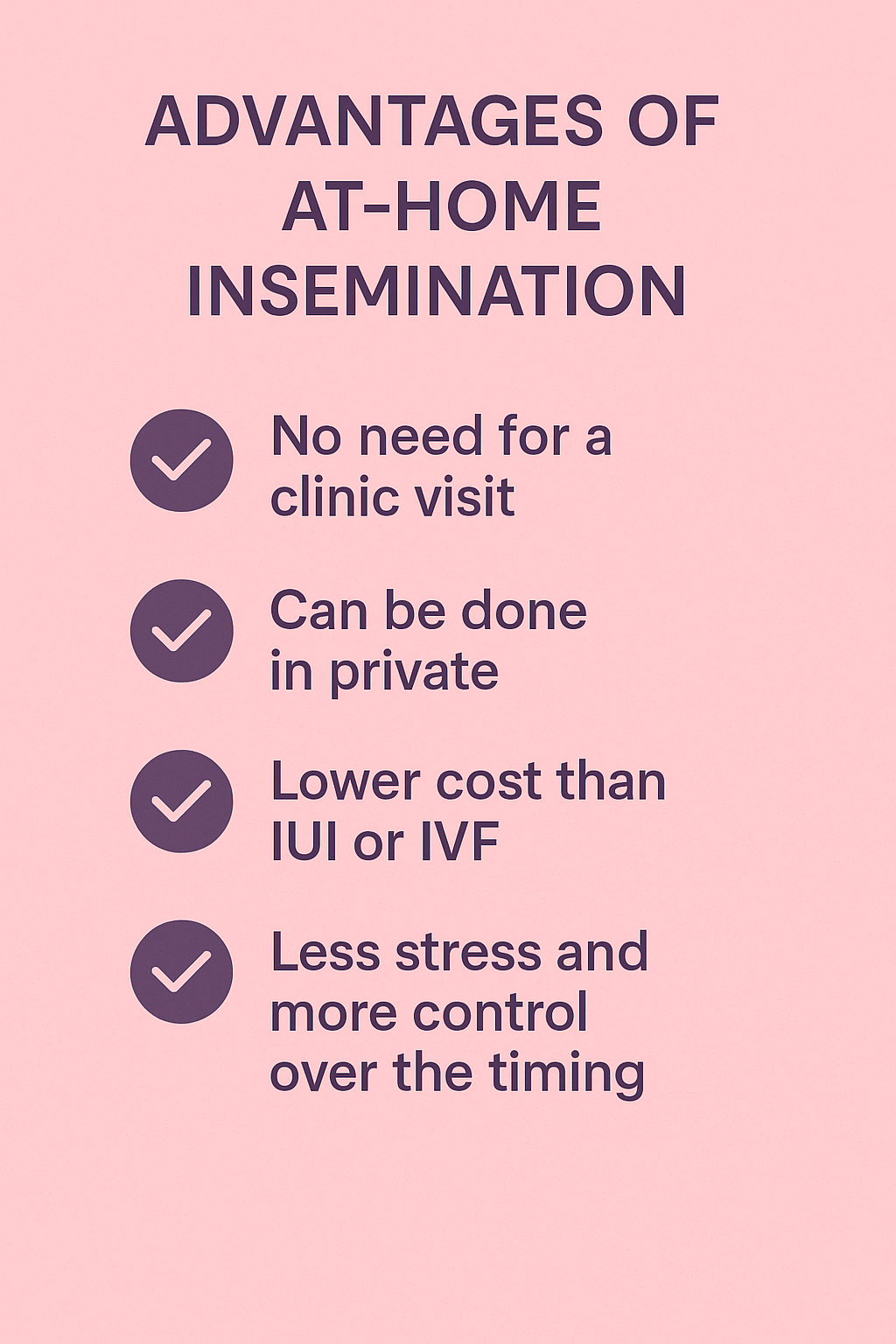
Some people also prefer this method because it feels more natural and personal. You can do it in your own home, at your own pace.
Tools You’ll Need
You don’t need a lot of fancy tools to get started. Here are the basics:
Sterile syringe – A 3 to 10 mL oral or insemination syringe works well
Specimen cup – For collecting semen
Ovulation test strips – To know when you’re most fertile
Optional items:
Fertility-friendly lubricant
Menstrual cup (to hold sperm in place)
Pregnancy test
Some people buy full kits, like the Mosie Baby kit, but you can also find basic DIY kits for under $20. The Home Insemination Guide includes one with 2 syringes and 2 sample cups.
Safety First
At-home insemination is safe when done correctly. Keep these points in mind:
Always use clean, sterile tools
Wash your hands before and after
Never reuse a syringe without sterilizing it first
Make sure sperm is fresh or properly thawed
Avoid inserting the syringe too deep
This process should not hurt. If it does, stop and check your method.
Step-by-Step At Home Insemination Tips
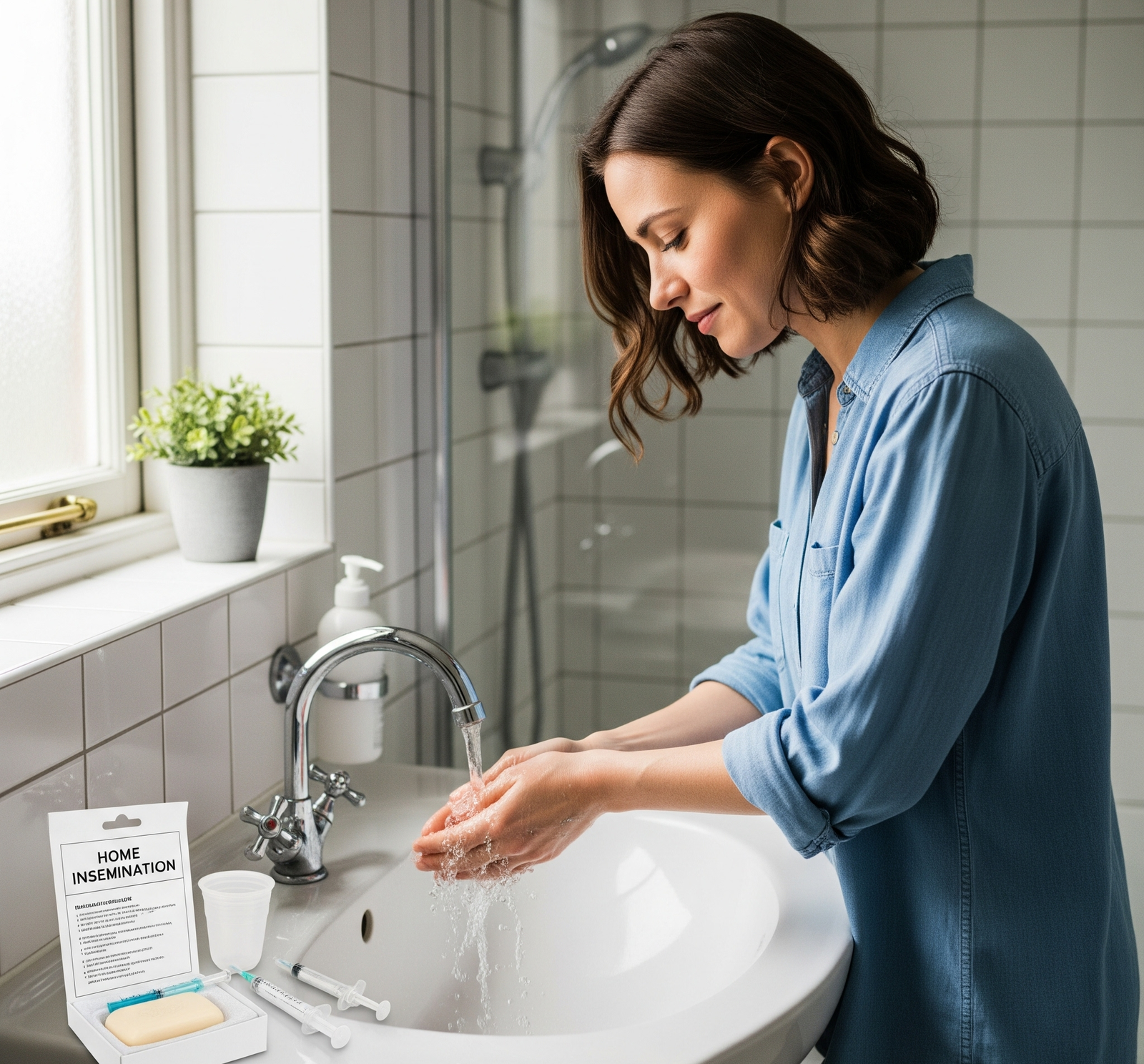
Once you have your tools and a safe space to do it, it’s time to inseminate. Many people feel nervous the first time, but the process is simple. With good prep and timing, insemination at home can be done safely and with minimal stress.
Follow these step-by-step at home insemination tips to improve your chances.
How to Inseminate at Home
Here’s a simple way to do it:
Wash your hands
Prepare the tools
Open the syringe and cup. Make sure they are clean and sterile.Collect the sperm
If using a partner, have them ejaculate into the sterile cup. If using donor sperm, follow thawing instructions.Wait 15 to 30 minutes
Let semen liquefy. This helps sperm move more easily.Draw semen into the syringe
Pull the plunger slowly to avoid air bubbles.Lie down on your back
Place a pillow under your hips to elevate your pelvis.Insert the syringe gently
Insert it into the vaginal canal, aiming toward the cervix. Push the plunger slowly.Stay lying down for 15 to 20 minutes
Let gravity help the sperm stay near the cervix.

You can also track your cycle using a period tracking app or by checking cervical mucus.
Position and Technique Matter
Lie flat on your back with a pillow under your hips
Stay still after insemination for at least 15 minutes
Avoid using the bathroom right away
Do not push the syringe in too far—just enough to release the sperm near the cervix
You may also use a menstrual cup after insemination to hold sperm in place longer, but this is optional.
What Not to Do
Avoid these common mistakes:
Using a dirty or used syringe
Skipping the liquefaction step
Using regular lubricants (they may harm sperm)
Inseminating too early or too late in your cycle
Stick to these basic tips to give yourself the best shot at success.
At Home Insemination Tips to Improve Your Chances
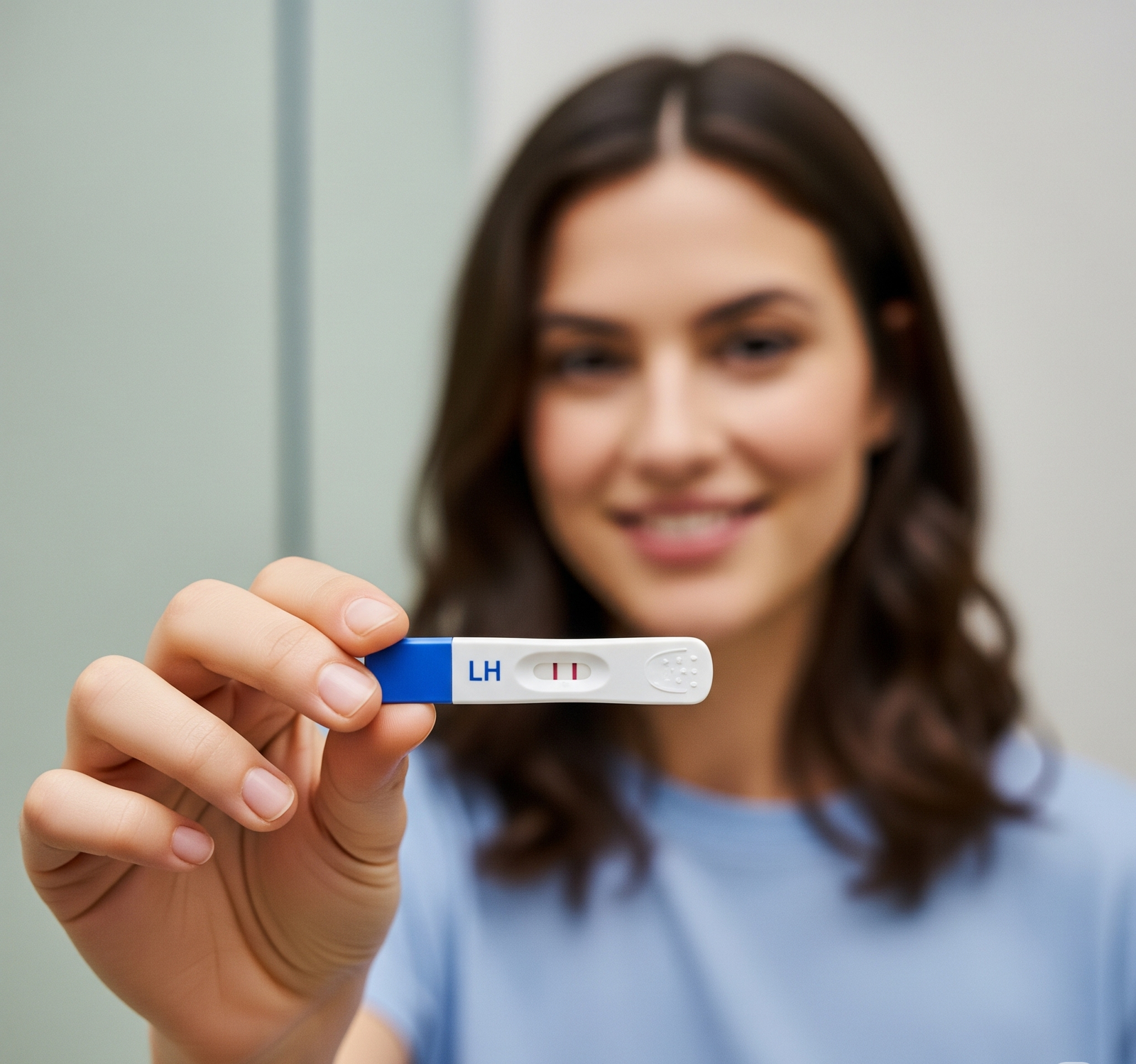
Insemination is more than just the act of placing sperm. Small choices before, during, and after the process can affect your chances. This section offers simple at home insemination tips that can make a real difference.
Track Your Cycle Closely
Knowing your fertile window is key. Your body gives signs when ovulation is near.
Ways to track ovulation:
Use ovulation test strips to detect your LH surge
Monitor cervical mucus (egg-white texture means high fertility)
Use a period tracking app to spot patterns
Track basal body temperature daily with a thermometer
You can combine two or more of these methods for more accuracy. The goal is to inseminate as close as possible to ovulation.
Focus on Sperm Quality
Healthy sperm increases the odds of success. Whether the sperm is from a partner or a donor, here are tips to improve quality:

If using frozen donor sperm, make sure it’s thawed according to the instructions. Don’t rush the process.
Use the Right Tools
You don’t need to buy an expensive kit. Many people use:
A sterile oral syringe (3–10 mL is ideal)
A clean specimen cup
Ovulation strips and pregnancy tests
Some buy branded kits like Mosie Baby, which costs $129. These offer special designs, but there’s no proof they work better than a regular sterile syringe.
A more affordable option is a DIY insemination kit. The Home Insemination Guide includes two syringes and two sample cups for under $20.
The key is getting the sperm near the cervix—no fancy tools required.
Research That Supports Home Insemination
Several studies show that at-home insemination can work well when done right.
Results of artificial insemination at home by the partner with cryopreserved donor semen: a randomized study
This study showed similar pregnancy rates between home and clinical insemination using frozen sperm.Pregnancy Outcome of Home Intravaginal Insemination in Couples with Unconsummated Marriage
This study found a 69% pregnancy rate for women under 33 after six home insemination cycles.Use of home insemination in programmes of artificial insemination with donor semen
This research showed that home insemination is both safe and effective for many families.
What to Do If It Doesn’t Work?
Trying at home insemination can be exciting, but it doesn’t always work the first time. That’s normal. Many people need several tries before getting pregnant. This section covers what to do if it doesn’t work right away, and answers common questions with simple facts.
How Many Cycles Should You Try?
It takes time for many people to conceive, even with perfect timing.
If you’re under 35 and healthy, try 3 to 6 cycles before seeking help
If you’re over 35, consider talking to a doctor after 3 cycles
If you know you have a fertility issue, don’t wait—get guidance early
Track your cycles and insemination days so you can see what’s working and what’s not.
When to Consider Medical Help
See a doctor if you notice:
Irregular or missed periods
No positive ovulation tests
No pregnancy after several cycles
Known male fertility problems (low count or motility)
Doctors may suggest bloodwork, ultrasound, semen analysis, or other fertility tests. This can help rule out issues and guide your next steps.
Support Your Mental Health Too

Trying to get pregnant can bring stress, even at home. It’s okay to feel tired, frustrated, or discouraged.
Here are ways to cope:
Talk to a friend or partner
Join a support group
Write down your thoughts
Take breaks between cycles if needed
You don’t have to go through this alone. Support helps keep your mind and body in balance.
Keep Using What Works
If you’re still trying, keep applying the tips that matter most:
Time insemination with a positive LH surge
Let semen liquefy before using it
Stay lying down after insemination
Use clean, sterile tools every time
Keep your plan simple, track what you’re doing, and adjust only when needed.
FAQ
How long after insemination can I test for pregnancy?
Wait about 14 days after insemination. Testing too early may show a false result.
Can I use frozen donor sperm at home?
Yes. Make sure it’s properly screened and follow thawing instructions closely.
Should I lie down after insemination?
Yes. Stay lying down for 15 to 20 minutes with your hips slightly raised.
Does home insemination hurt?
No. It may feel like inserting a tampon. If it hurts, stop and check your position or tools.
Where can I find an affordable kit?
The Home Insemination Guide includes 2 syringes and 2 sample cups for under $20—a budget-friendly option for anyone starting out.
